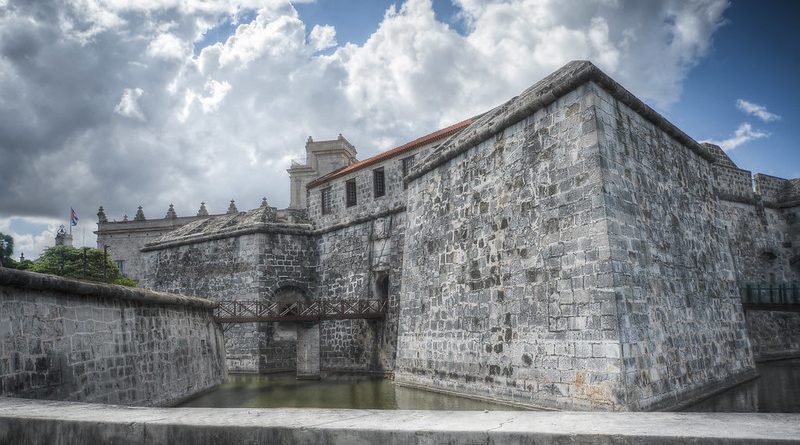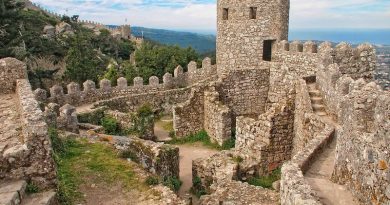The Spanish Forts of Havana Harbour
The 400 years of Spanish colonisation in Cuba, more than any other period, has left a lasting legacy on the architecture here.
Between the 16th and 18th centuries, the Spanish built a series of forts to repel raiding French corsairs, rampaging buccaneers and English privateers including Sir Francis Drake, from raiding the sheltering Spanish treasure fleets. They also served to keep the English from taking the island for themselves (as they tended to do in those days).
Five hundred years on, four of these muscular fortresses still dominate Havana’s harbour, and have come to symbolise the city.
One of the oldest forts in the New World, Castel de la Real Fuerza is an imposing 16th-century fortress which housed the Spanish governors in the early days of empire.
The Castillo de la Real Fuerza is one of Latin America’s most beautiful castles. It has been a UNESCO World Heritage Site since 1982. Construction of the castle started in 1555 and by 1577 it was completed. This makes the Real Fuerza castle the oldest Spanish stone fortress in Latin America.
Translated as “Castle of the Royal Force” it was primarily constructed to defend against pirate attacks but soon became the official residence of the Governor of Havana.
The historic monument is most famous for its watchtower (added in 1634 and now a symbol of Havana city), it is adorned with a bronze statuette in the shape of a woman (a replica of La Giraldilla of the Seville Cathedral, in Spain) which is used as a weather vane.
Today, it is home to a maritime museum of shipwrecks and treasure that charts Cuba and Spain’s naval history in Havana.
The museum contains facinating exhibits of Cuba’s maritime past from pre-Columbian days through to the 18th Century. The Royal Shipyard of Havana, was one of the largest in the world and built nearly 200 ships for the Spanish Crown. The museum features a huge four metre model of the war ship Santisima Trinidad, located on the main floor with a large interactive touch screen which describes life aboard an 18th Century ship-of-the-line in Spanish, French, and English. The original ship was launched into Havana Bay on March 2, 1769 and was the largest ship in the world in the 18th Century, with 140 canons on four gun decks. She was one of four Cuban built ships at the Battle of Trafalgar in 1805.




